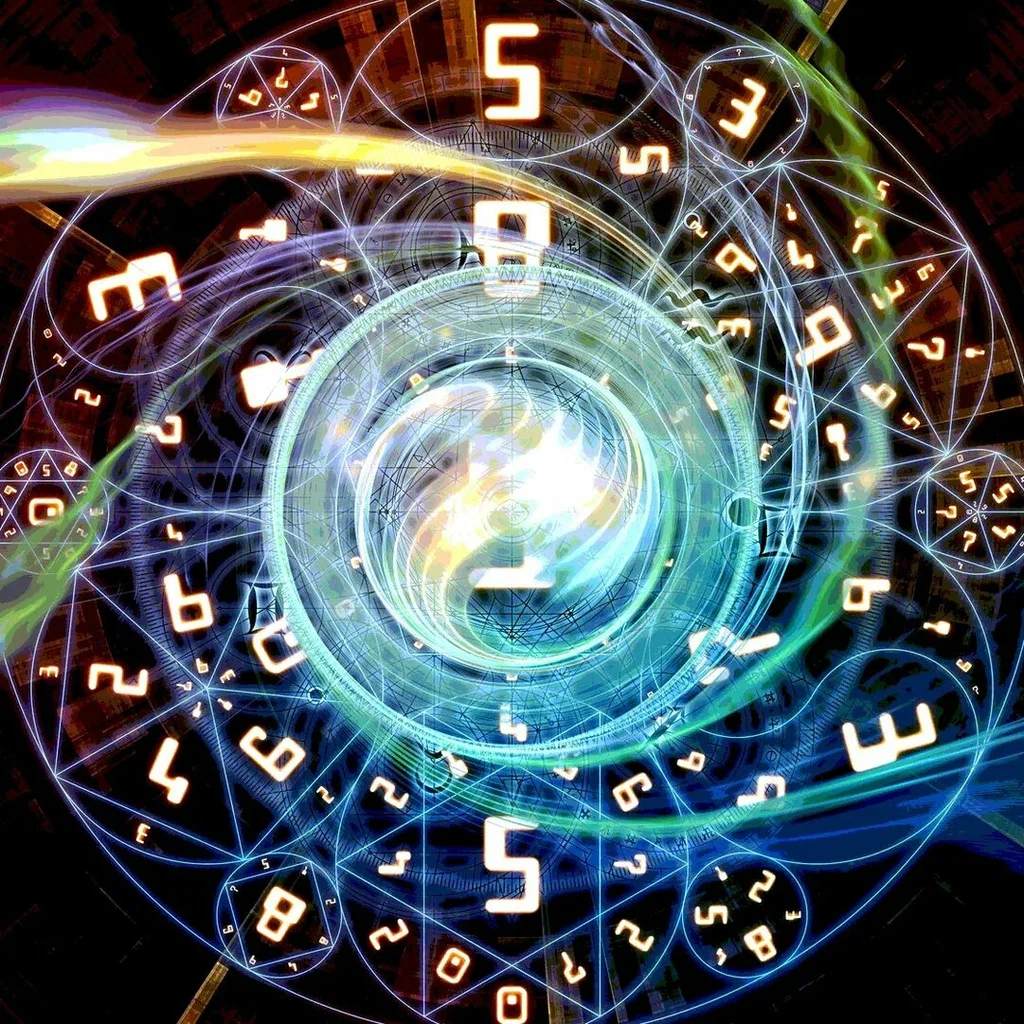Understanding the Basics of the Lunar Calendar
The lunar calendar is a timekeeping system based on the moon’s phases rather than the solar cycle, marking the length of each month from one new moon to the next. Unlike the solar calendar, which follows the Earth’s orbit around the sun and has a fixed year of approximately 365 days, the lunar calendar has months that span about 29.5 days. This difference often results in a year that is 11 days shorter than the solar year, totaling approximately 354 days. Cultures that follow a lunar or lunisolar calendar (a blend of lunar and solar principles) frequently adjust for this difference by adding an extra month, known as an intercalary month, every few years to align with the solar year. This system remains essential in various cultural and religious contexts, guiding festivals, holidays, and even agricultural cycles.
Historical Origins and Development
The origins of the lunar calendar trace back to ancient civilizations, with some of the earliest records seen in Mesopotamian and Egyptian cultures, dating back to over 5,000 years ago. Early societies observed the moon’s cycles, as its visibility and phases provided a natural and observable means of marking time. The Islamic Hijri calendar, the Jewish calendar, and the Chinese lunisolar calendar are all examples of timekeeping systems that have deep historical roots. Each of these calendars adjusts or adapts the lunar cycle differently to keep their year in sync with seasons, agricultural needs, or religious observances. This rich history illustrates the versatility and cultural significance of lunar-based timekeeping, as these calendars were tailored to each society’s unique needs and beliefs.
Cultural and Religious Significance
The lunar calendar holds profound cultural and religious importance worldwide. For instance, the Islamic calendar, also known as the Hijri calendar, strictly follows the lunar cycle without adjusting for the solar year. As a result, significant religious observances, like Ramadan and Eid, shift by approximately 11 days each year. In contrast, the Jewish calendar balances lunar months with solar adjustments, ensuring that festivals such as Passover remain in spring. The Chinese lunisolar calendar follows a similar principle, with each lunar new year marking the transition into a new zodiac animal sign and aligning with specific agricultural seasons. Across various cultures, the lunar calendar represents more than a timekeeping tool; it is a bridge connecting people to their heritage, traditions, and natural cycles.
Modern Adaptations and Relevance
Despite the global prevalence of the Gregorian solar calendar, the lunar calendar remains relevant in many parts of the world. Modern societies have found ways to harmonize both systems, with lunar dates often included in local or religious calendars alongside solar dates. This practice allows people to observe traditional holidays and festivals according to the lunar schedule while adhering to the solar calendar for daily life. Additionally, the rise in astronomy, astrology, and environmental awareness has sparked renewed interest in lunar cycles, as people increasingly recognize the moon’s influence on tides, natural rhythms, and even human behavior. Today, the lunar calendar continues to be valued for its cultural, spiritual, and environmental connections, fostering a sense of continuity between ancient wisdom and modern living.Lunar Calender




Leave a Reply